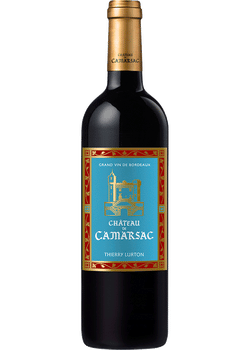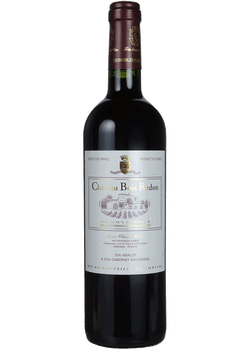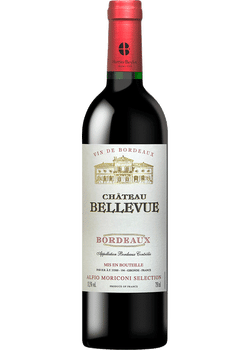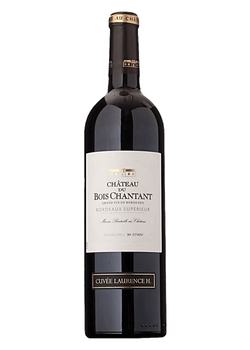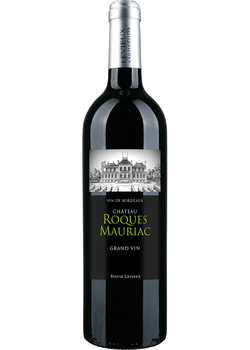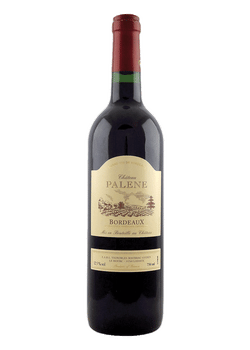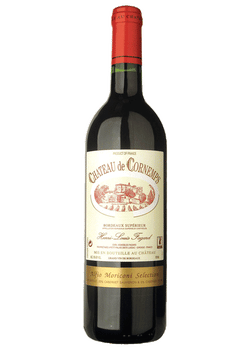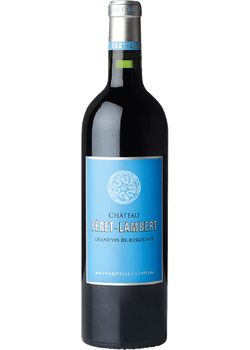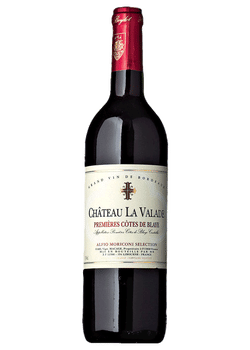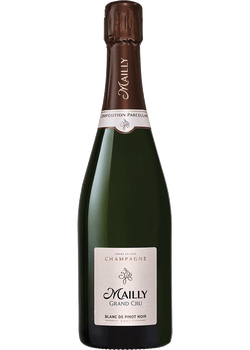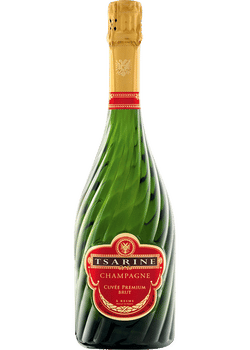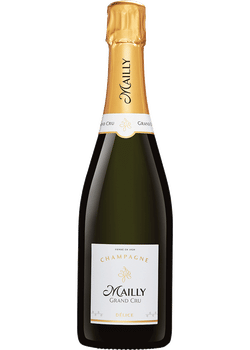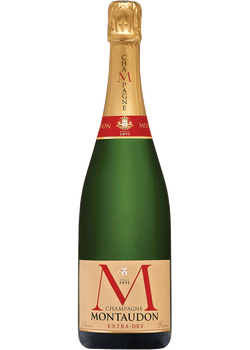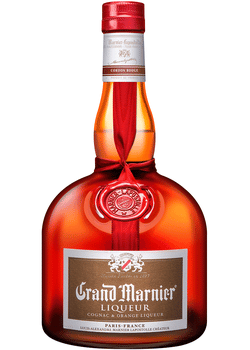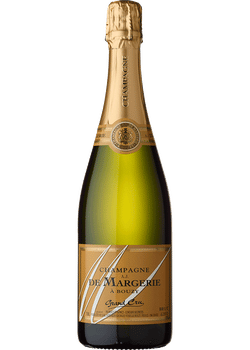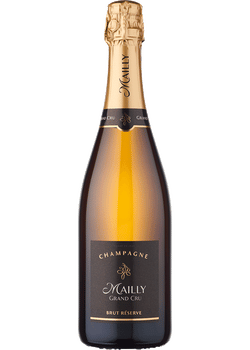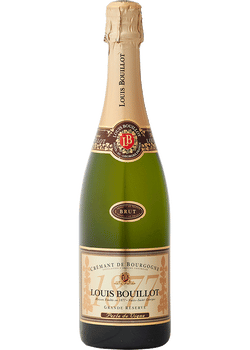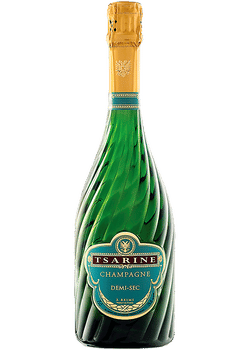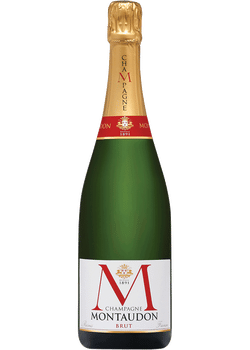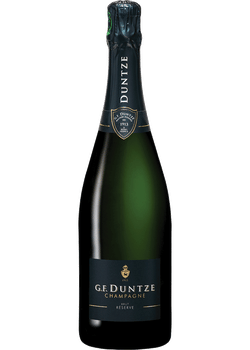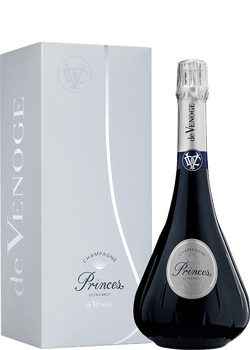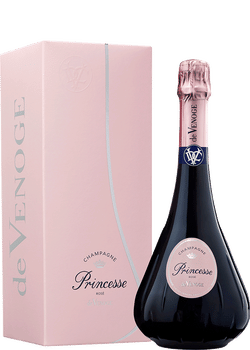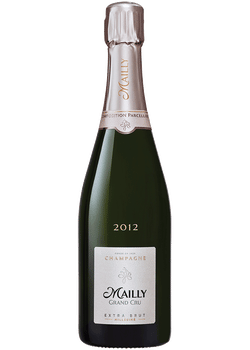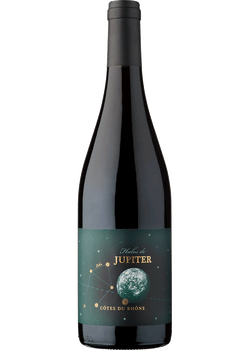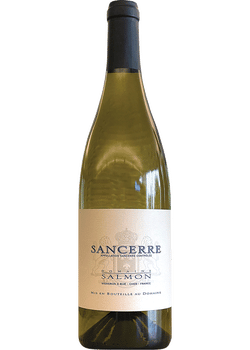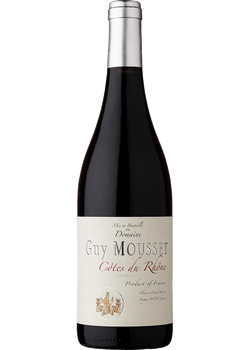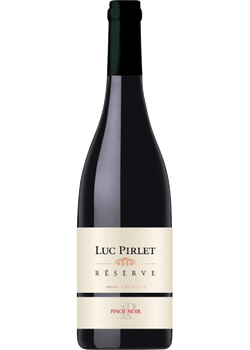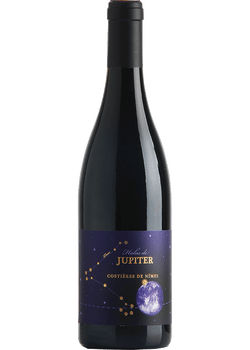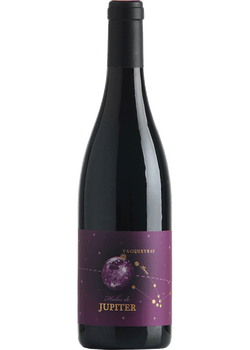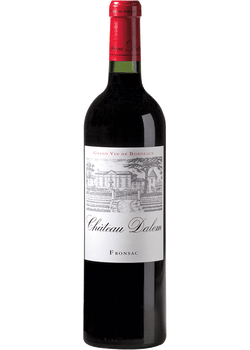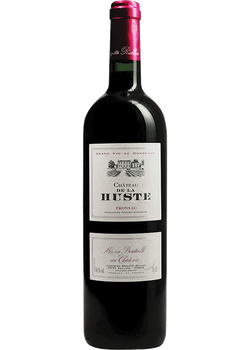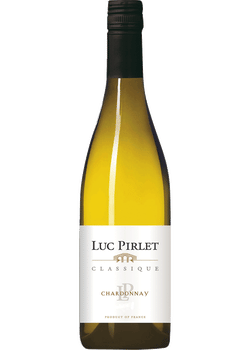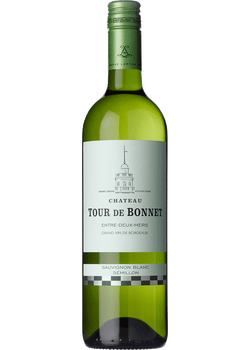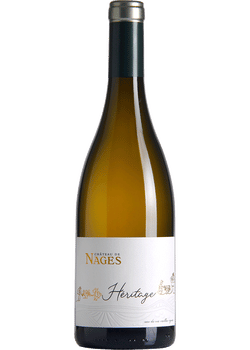French wine may seem distant and kind of complicated, but if you like Chardonnay, Cabernet Sauvignon, or Sauvignon Blanc, you’re enjoying wines that were first made famous in France. And how about those jammy red wine blends? French winemakers in Bordeaux and the Rhône Valley are some of the original red wine blend mix masters. And every bubbly fan should raise a glass to Champagne, the iconic sparkling wine.
Many of the popular wine grapes grown around the world were first cultivated in France, and the French winemaking techniques, like the one for making Champagne, influence the way wine is made all over the world. Come along as we take a quick sip through France’s major wine-making regions.
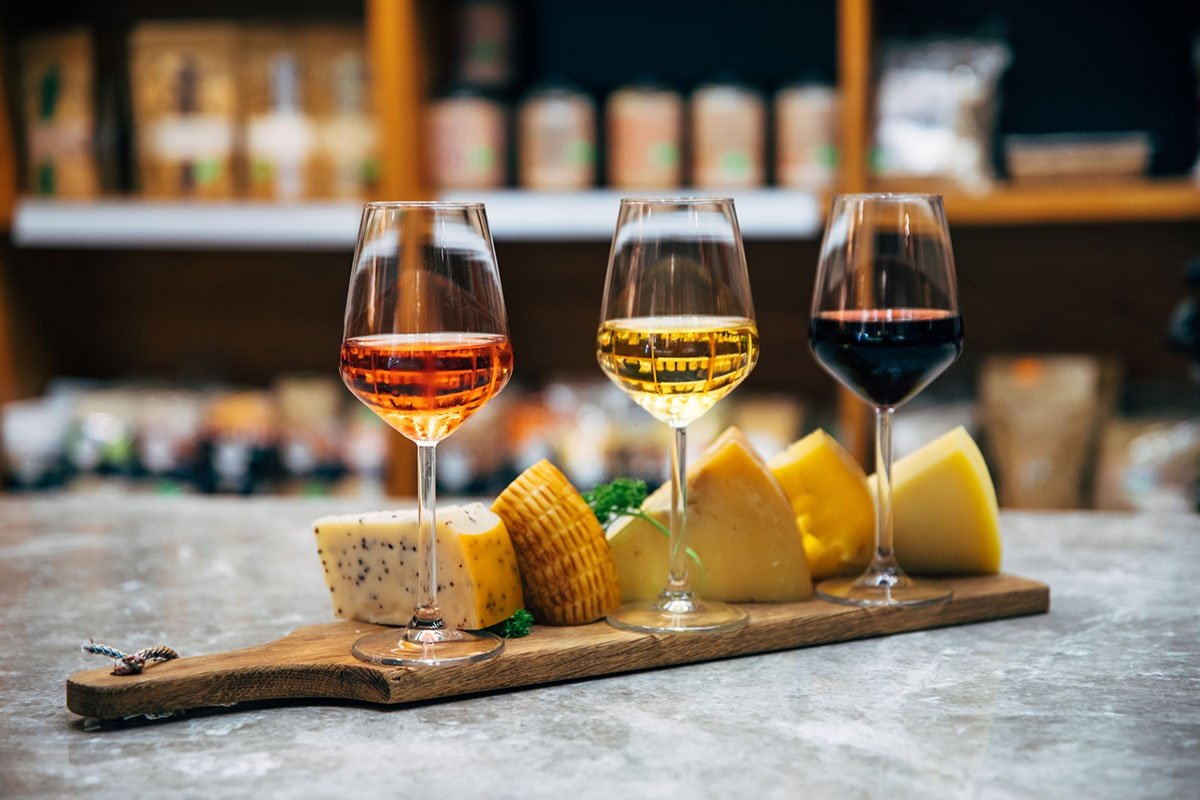
5 facts to know about French wine
- Wine grape cultivation in France dates back to 6 BC, when Greek settlers planted grapes near Marseille.
- French winemaking is built around the idea of terroir (ter-warr) that a plot of earth, combined with the sun, elevation, and elements imparts a distinct flavor to the wines grown there. That’s why most wines from France are named for the region or village, rather than the grape.
- Merlot is the most widely planted grape in France.
- Down in the southwest, the Languedoc-Roussillon quietly produces more wine of all kinds — red, white, sparkling, and fortified — than any other part of France.
- When you toast in France, say “Santé” (son-TAY) which means to your health.
Decoding French wine labels
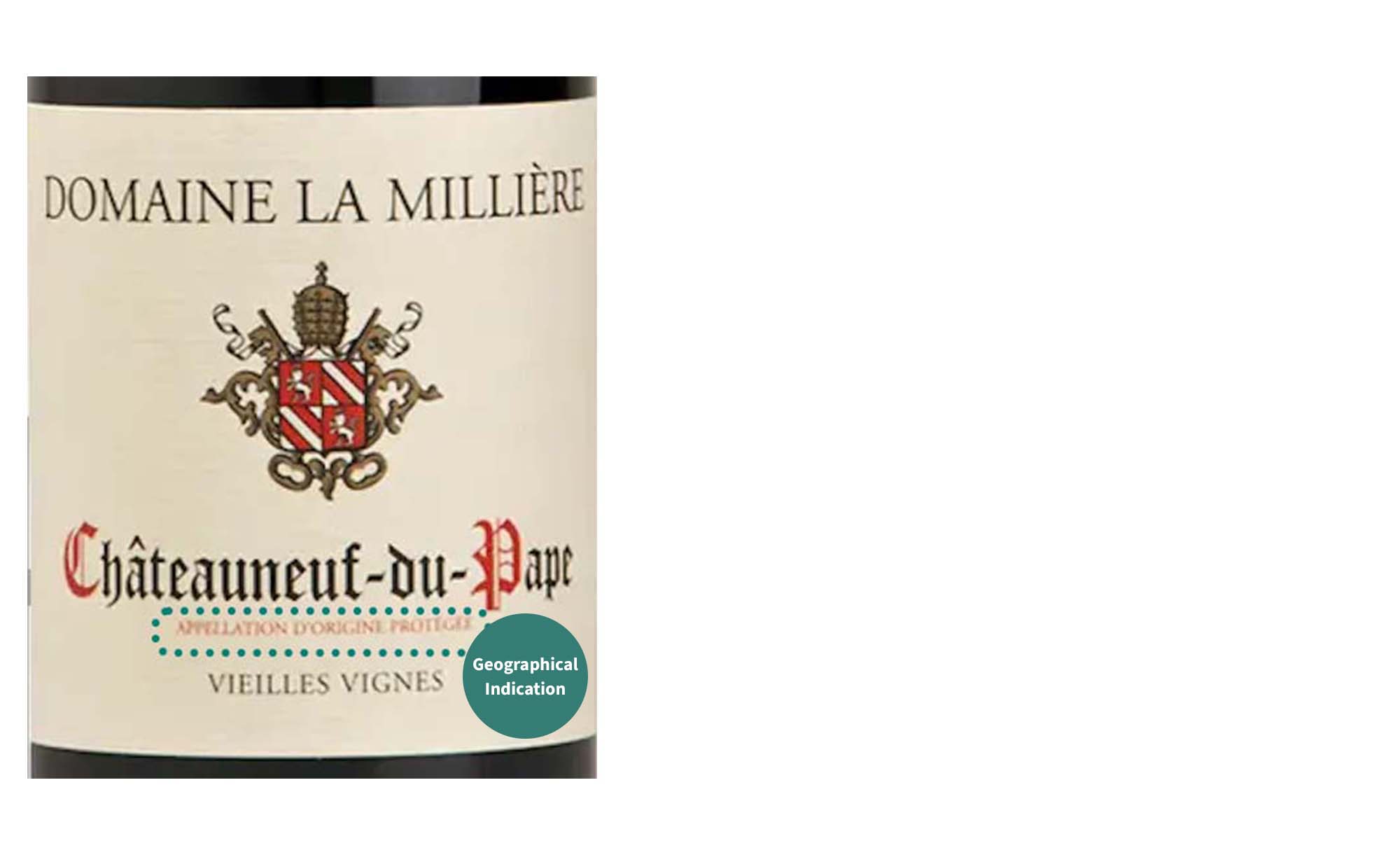
While each region of France has its own standards, there are some designations that apply to all French wines. Here’s a rundown on the
AOC
If you’ve spotted the letters AOC on a French wine bottle, they have nothing to do with American politics. They stand for Appellation d’ Origine Contrôlée, which translates as controlled designation origin, and it refers to an area that makes a signature wine.
There are 450 AOCs in France, and in order to use the place name on a wine, cheese, or butter label, the producer must follow rules set by the agriculture department. The rules determine what kinds of grapes can be grown, yields, aging, and other standards. (In the rest of Europe, the term AOP means the same thing as AOC.)
PDO
Since 2009, French wineries can also use the European Union term Protected Designation of Origin. It means the same thing as AOC.
Vin de pays
This phrase literally means “country wine” in English and refers to wines that are typical for a particular area. An unusual grape or growing style may be used, so these wines don’t conform to the AOC rules. But they’re great mid-level wines a step above table wines.
IGP
In the European Union, the term IGP, short for Indication Géographique Protégée, or a protected geographic area, means the same thing as vin de pays. For example, the Pays d’Oc, a large wine region in Southwestern France, is an IGP.
Vin de table
This is "table wine," the starting level for wine in France. These fun and inexpensive wines are made all over the country, and they're a perfect introduction to a region’s wines.
French wine regions to know
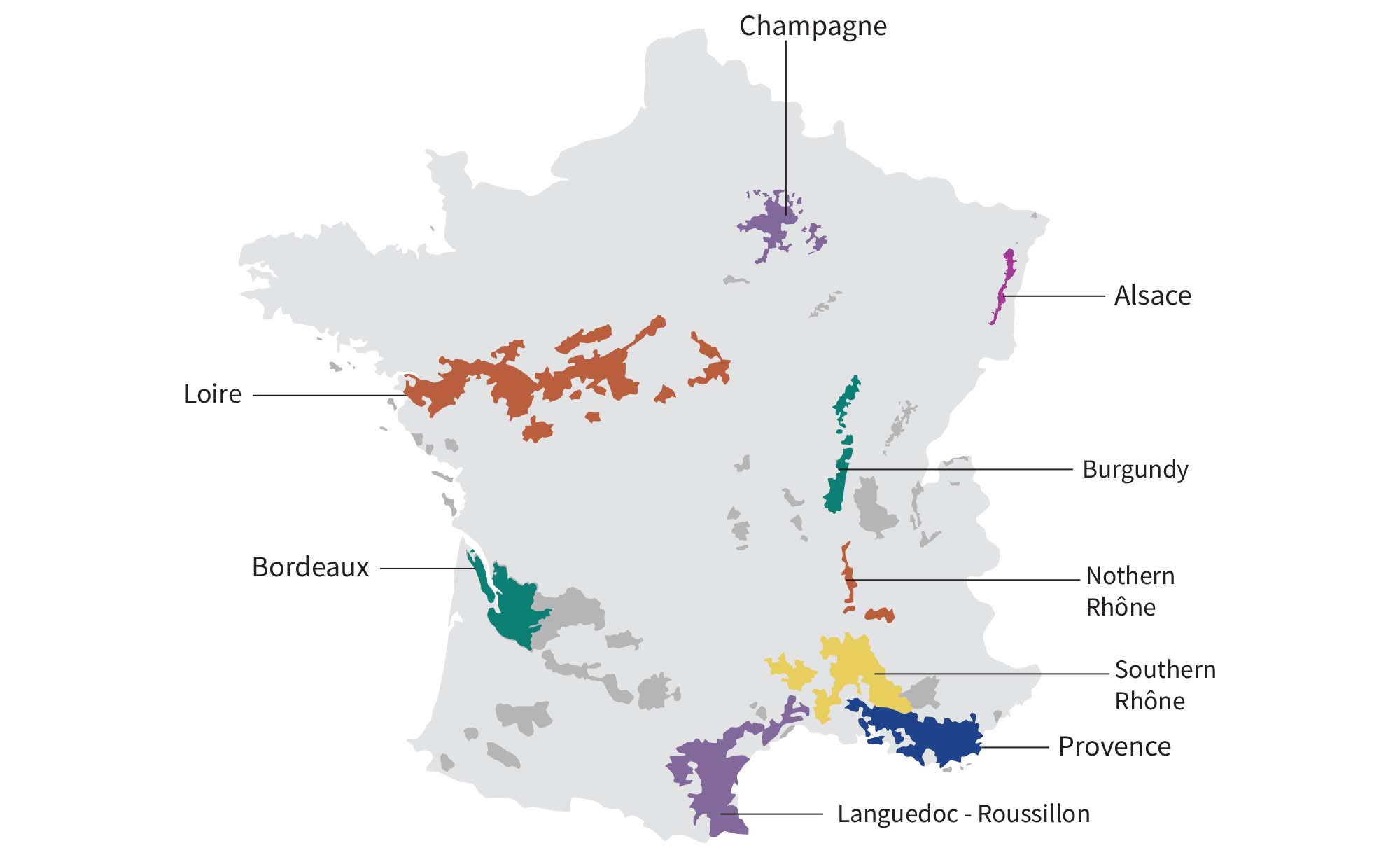
Learning about wine is a lifelong pursuit, which is part of what makes it so much fun to do research. But here’s a quick rundown on some major French wine regions and what kinds of wines you’ll find there.
Bordeaux
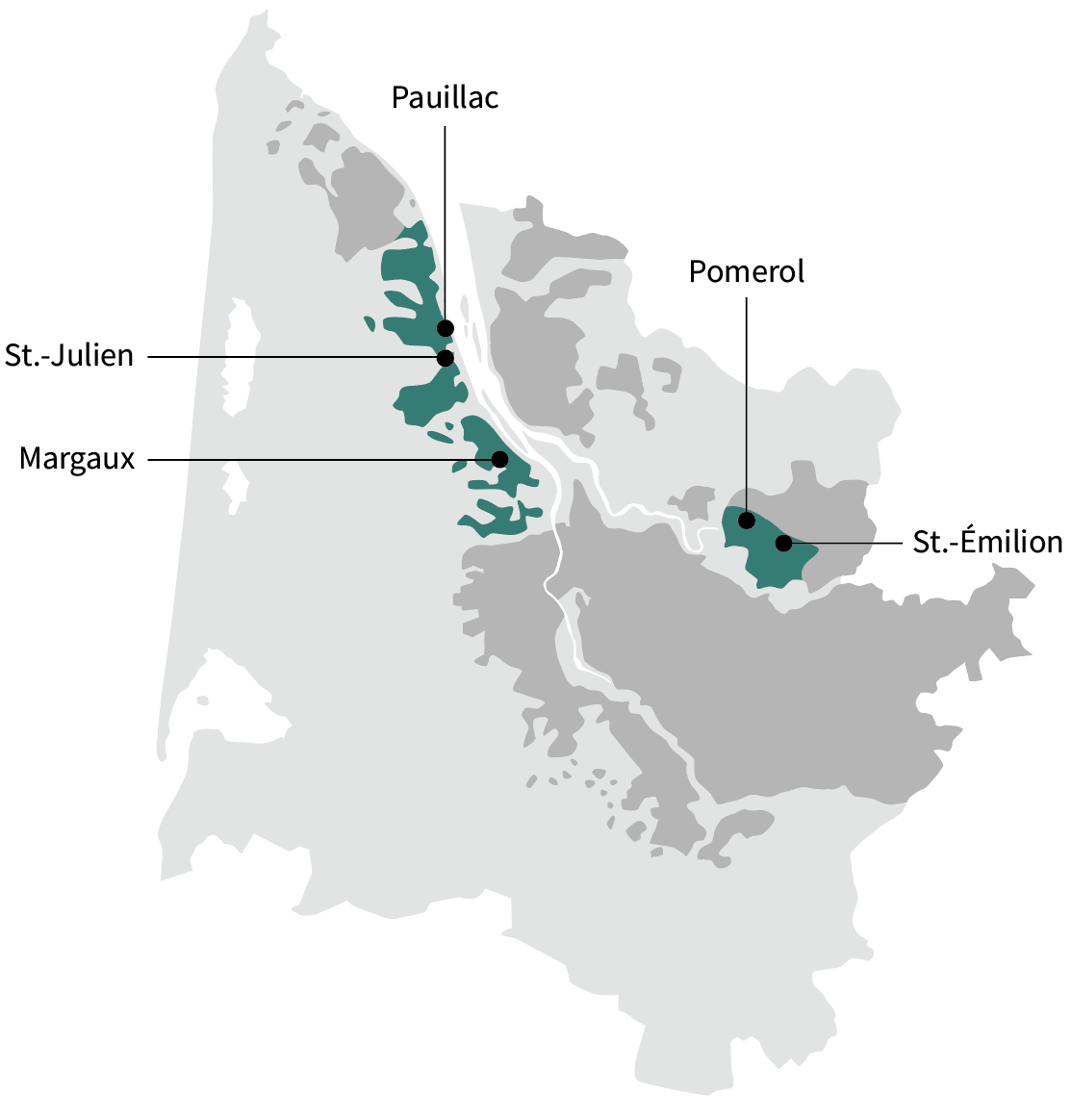
France’s most famous wine region is all about the art of blending to create complex wines that can age for decades. Bordeaux is home to famous wine châteaux like Château Latour and Château Cheval Blanc, you’ll also find many affordable everyday drinking wines.
The red blends feature Cabernet Sauvignon, Merlot, Cabernet Franc, Petit Verdot, and Malbec. You’ll find softer Merlot and Cabernet Franc-driven red wine blends from Right Bank regions like St.-Emilion and Pomerol. Bolder wines starring Cabernet Sauvignon are made on the Left Bank; noted regions include Pauillac and Margaux.
Bordeaux also produces refreshing and tropical white blends of Sauvignon Blanc and Semillon — look for standouts from Pessac-Leognan. And don’t miss the precious wines with a thrilling balance of sweetness and acidity made from late-harvested white grapes in Sauternes and Barsac.
Our Favorite Bordeaux Blends
Champagne
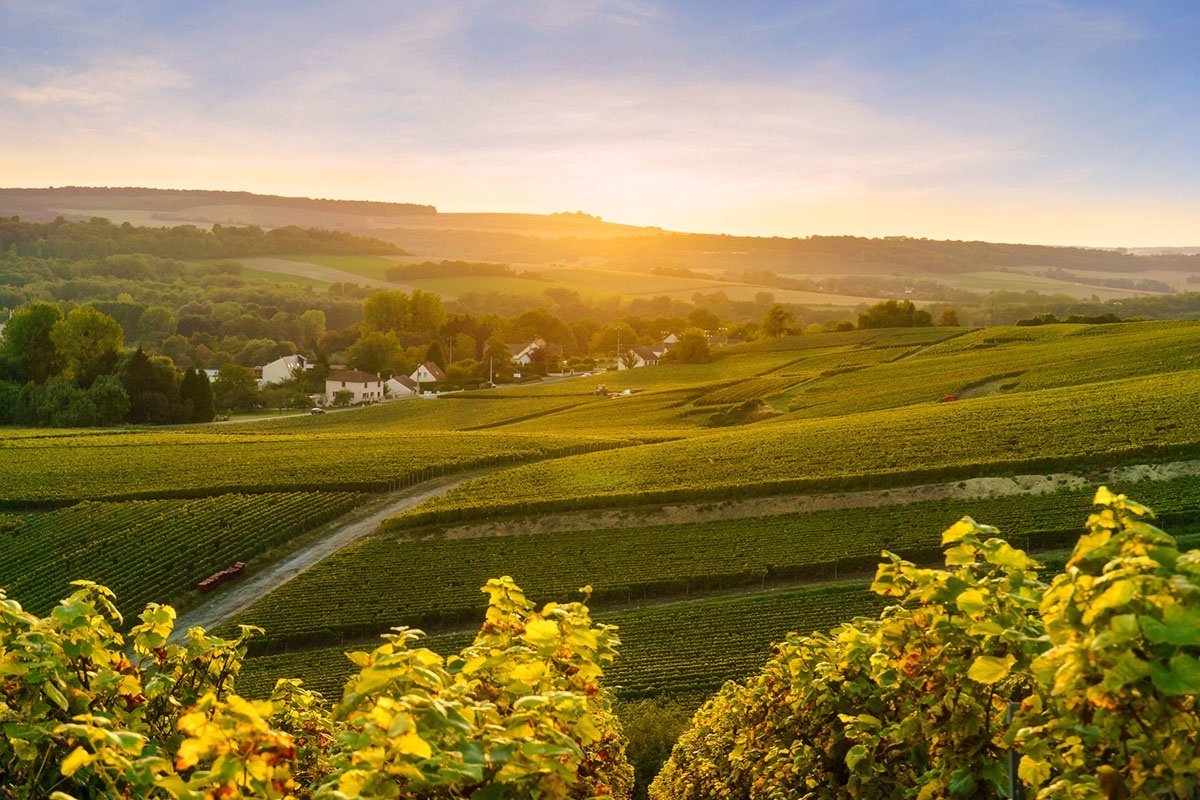
While sparkling wine wasn’t invented in Champagne, this is the place that people like monk Dom Perignon and Nicole Barbe-Nicole Ponsardin (aka The Veuve Clicquot) helped make it the sheer, sexy, celebratory wine that it is today.
Though six grapes can go into Champagne, it really relies on three main grapes: Chardonnay for structure, Pinot Noir for body, and Pinot Meunièr for soft, fruity notes. Base wines are made from different grapes and then blended to create a cuvée. This blend is bottled with yeast and sugar to create a second fermentation that makes the wine effervescent. Creating a sparkling wine with a second fermentation in the bottle is called méthode champenoise.
Crisp, dry, and citrusy brut Champagne is most popular, but Champagne comes in sweetness levels from super lean brut nature to demi sec, which can stand in for dessert. Champagne styles include blanc de blancs, made solely from Chardonnay, and blanc de noirs made from black-skinned grapes Pinot Noir and Pinot Meunier.
Customers top Champagne picks
Burgundy
Many wine experts believe that the very best Chardonnays and Pinot Noirs in the world come from Burgundy. The cool, somewhat damp climate brings out the best in both Chardonnay and Pinot Noir. And here, both of these grapes express the soil they’re planted in, so connoisseurs love tasting those subtle differences.
Chardonnay tends to be crisp and mineral in Chablis, while it’s nutty, citrusy, and rich in Meursault. Pinot Noirs can be earthy with hints of red fruit and smoke in Volnay, while in Gevrey-Chambertin, they’re more intensely fruity with blackberries, cherries, and licorice.
The region is also known for crémant de Bourgogne, a sparkling wine that feels creamy on the palate since it’s less effervescent than Champagne.
Provence
If you love rosé all day, then you’ll want to get to know Provence. It’s the land of eternal summer and it’s beloved for its crisp, refreshing rosé wines. They’re all blends of grapes like Grenache, Syrah, Mourvedre, Carignan, and Cinsault. The best Provençal rosés from places like Aix and Côtes de Provence are pale pink and dry (not sweet) with hints of herbs and subtle red fruits.
But there’s more to wine in Provence, which is France’s oldest winemaking region. Look to Cassis for aromatic and vibrant white wines from grapes like Clairette, and Bandol for everything from rosé to dry, earthy red Mourvedre wines.
Rhône
The Rhône is named after the mighty river that runs the length of France. The entire region is known for winemakers with big personalities who make bold red wines and aromatic white blends.
In the Northern Rhône, those red blends star Syrah, and come from places like Coronas, Hermitage, and Côte-Rôtie.
In Condrieu and elsewhere, Viognier leads beguiling and clean white blends, with support from Marsanne and Roussanne.
In the South, Grenache, Syrah, and Mourvedre team up for red blends so often, the combo is known as GSM. The best are smooth, bold, and satisfying red wines that are perfect with meat. You’ll also find lovely GSM rosés that are dry, pink, and subtly fruity. Fans love wines from regions like Gigondas, Vacqueyras, and Châteauneuf-du-Pape.
Beaujolais is also part of the Rhône; look there for Gamay Noir wines that range from berrylicious and easy drinking to more structured.
Alsace
Over the generations, Alsace has been part of both France and Germany, and the food and wine culture is a mix of the two. It’s a cool region that’s ideal for aromatic white wines; think Gewürztraminer, Riesling, Pinot Blanc, Pinot Gris, and Muscat. Most are made in a range of styles from bone dry to lightly sweet with crisp acidity and notes of stone fruit and flowers. It’s also a great place for light Pinot Noirs with juicy red fruit flavors.
Bubbly lovers take note: Alsace is home to exceptional sparkling wines from Chardonnay and Pinot Noir. Crémant d’Alsace is creamier on the palate because it's less bubbly, and it also costs a fraction of the Champagne made next door.
Loire
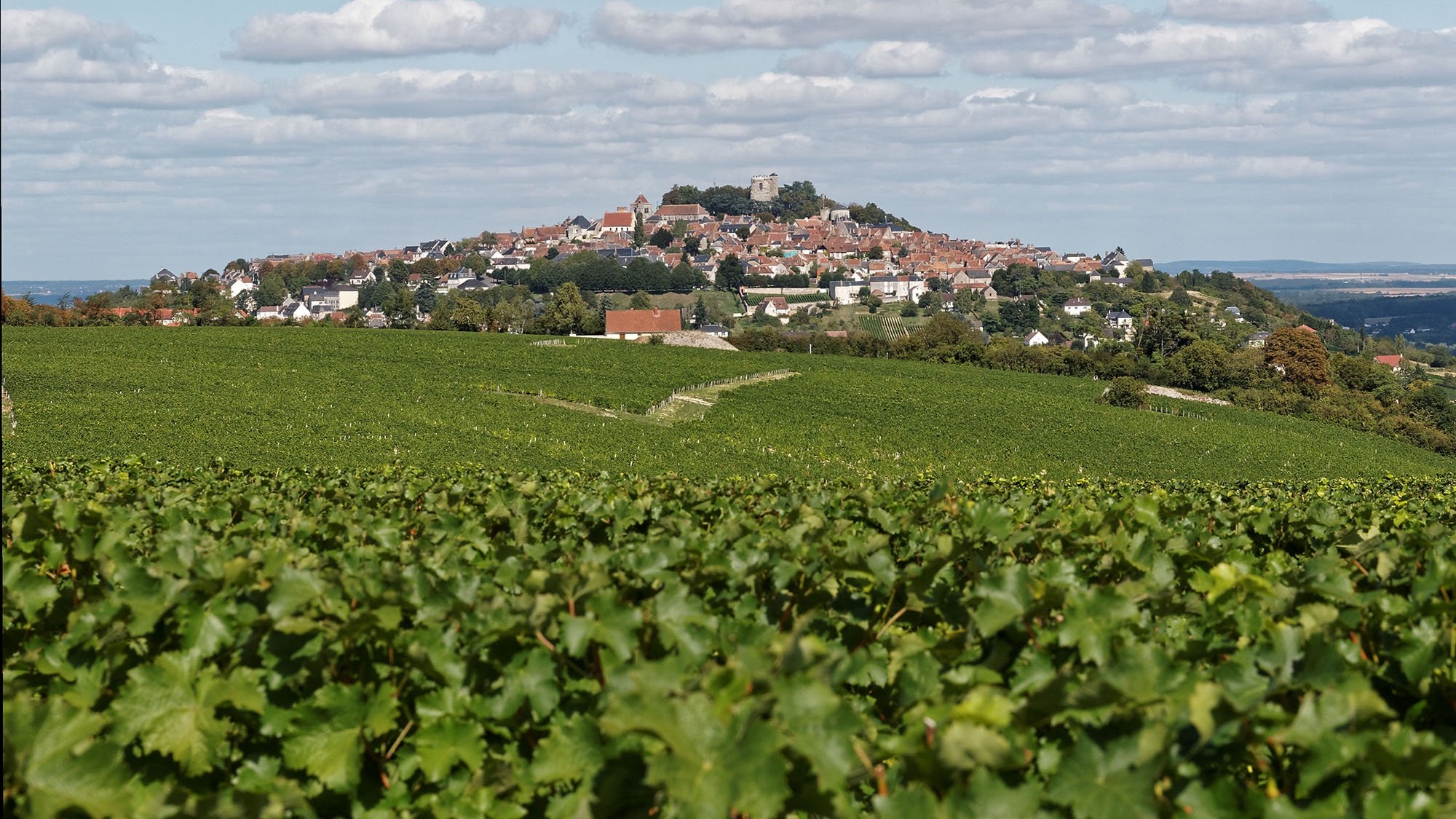
Like Bordeaux, the Loire is an almost magical wine region filled with historical castles. But the Loire is also a place where experimental young winemakers are creating exciting natural wines like pétillant naturel sparkling wines.
Cabernet Franc, which features bright red fruit, tea, and spice notes is the main red grape, and it shines in the Saumur, Touraine, and Chinon.
Chenin Blanc, the main white grape, offers notes of pear, golden apple, and tropical fruits, but it’s a shape-shifting grape that can be hard to pin down. In Savennieres, it’s dry and mineral, in Vouvray it can be light, fruity, and playful, while in Anjou, Chenin Blanc is made into a thrilling, dessert wine called Quarts de Chaume that brims with flowers, candied fruit, and apricots.
The Loire is also famous for intensely floral and aromatic Sauvignon Blanc from regions like Sancerre and Pouilly-Fumé.
Languedoc-Roussillon
This area that borders Spain is the under-the-radar powerhouse when it comes to French wine production. Wines from Languedoc-Roussillon can be labeled according to their grape or the place where it’s made, which makes it unique for an Old World wine region. No matter what style of wine you like — red, white, rosé, sparkling or sweet — it’s made in the Languedoc-Roussillon.
The main red grapes are Grenache, Syrah, Carignan, Mourvèdre, and Cinsault, while whites include Picpoul, Mauzac, Roussanne, and Marsanne. The reds and rosés often show similar herbal notes as the wines from Provence. Some wines to watch include: Blanquette de Limoux sparkling wines, reds from Minervois, refreshing Picpoul and Grenache Blanc blends, and sweet Banyuls or Muscat wines paired with the famous Roquefort blue cheese made nearby.
We hope you’ve enjoyed this whirlwind trip through the major wine regions of France. To learn more, visit our Bordeaux Wine Guide or our Champagne Wine Guide.

